 A tapeworm found in humans but acquired through eating infected pork (Taenia solium), has been linked to acquired epilepsy in humans. The larvae stage of the tapeworm causes a disease called Cysticercosis both in pigs and humans characterised by formation of cysts in mus-cles. When people consume viable cysts from infected pork, the ingested larvae matures into adult tapeworm which again produces eggs that are released into the environment. Infection in both pigs and humans is acquired through accidental ingestion of human faeces con-taining T. solium eggs or consumption of contaminated food or water. The diagram below shows the life cycle of Taenia solium.
A tapeworm found in humans but acquired through eating infected pork (Taenia solium), has been linked to acquired epilepsy in humans. The larvae stage of the tapeworm causes a disease called Cysticercosis both in pigs and humans characterised by formation of cysts in mus-cles. When people consume viable cysts from infected pork, the ingested larvae matures into adult tapeworm which again produces eggs that are released into the environment. Infection in both pigs and humans is acquired through accidental ingestion of human faeces con-taining T. solium eggs or consumption of contaminated food or water. The diagram below shows the life cycle of Taenia solium.
What Urbanzoo Project is doing about Cysticercosis:
Serological survey of porcine cysticercosis in pigs slaughtered at Ndumbuini abattoir in Nairobi, Kenya
The main objective of the study is to estimate the risk of cysticercosis infected pork entering the Nairobi food system for consumption. We are collecting blood samples from pigs presented for slaughter, then testing for cysticercosis using Antigen ELISA and estimating the preva-lence .Focus Group Discussions (FGD) and individual interviews are conducted to gather information for mapping the pork value chain and assess the risk of consuming T.solium infected pork from Ndumbuini abattoir (This will form part of the MSc. research project for James Akoko-Author of this article).
Neurocysticercosis and Epilepsy study in Busia
A sub-set of the project team is currently in Busia on an associated project in collaboration with the University of Yale, USA, collecting blood samples from people and pigs for serological testing for cysticercosis. A questionnaire and clinical examination is conducted to identify pos-sible cases of neurocysticercosis, who are then taken to Agakhan hospital in Kisumu for CT scan. The main objective of this study is to try and understand the contribution of neurocysticercosis in epilepsy cases in western Kenya.
Article written by James Akoko, Field Coordinator for Urban Zoo Project, working on Cycticercosis as part of his MSc research Project.
Important facts about Cysticercosis
- It can cause neurocysticercosis, which is the leading cause of ac-quired epilepsy
- It is ranked by Food & Agriculture Organisation (FAO) & World Health Organisation (WHO) as the most important zoonotic foodborne pathogen in the world.
- It does not show obvious clinical signs, so it is not easy to detect. Therefore the disease may be transmitted for several months or years before detection.
- Previous studies in Homa-Bay and Busia, Kenya has confirmed the presence of this disease in the Kenyan pigs, but national preva-lence of the disease in both pigs and people is lacking.
- People who suffer from epilepsy are often marginalised as there are several myths trying to explain the cause.
The Zoonotic and Emerging Disease group studies a range of epidemiological issues revolving around the domestic livestock, wildlife and human interface


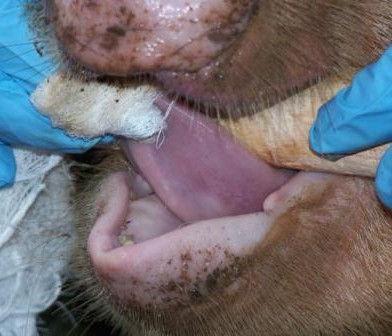

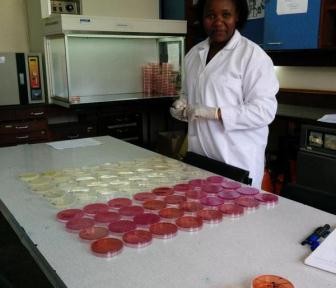
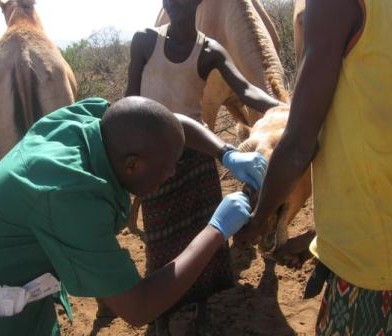
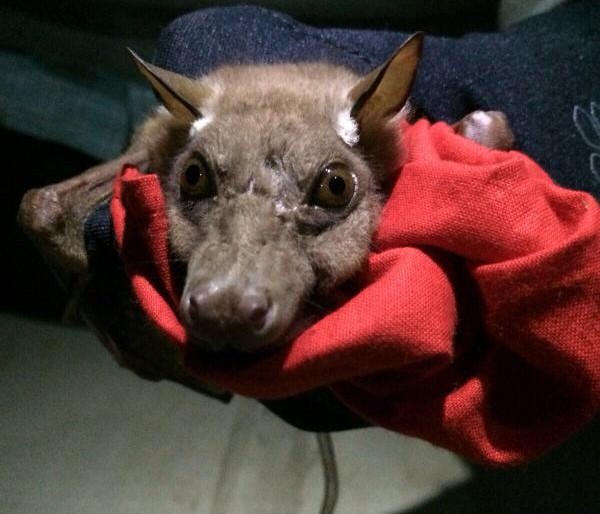

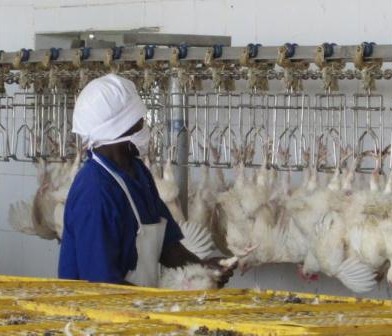
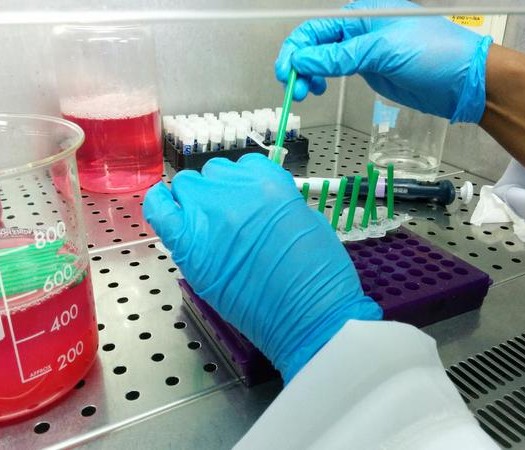


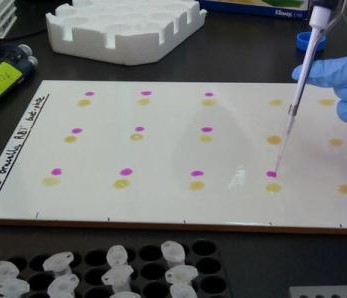

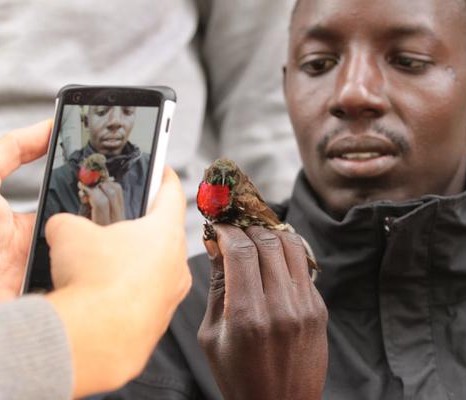

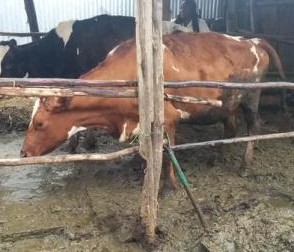


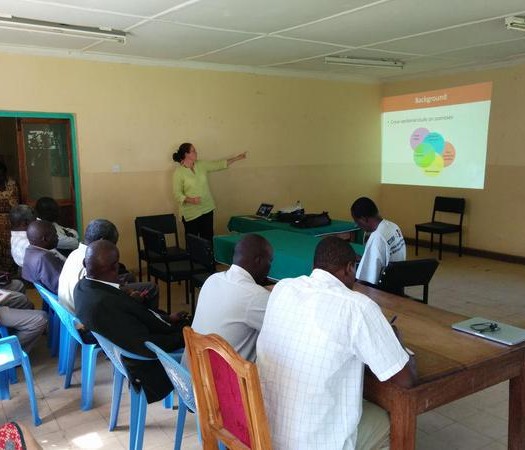



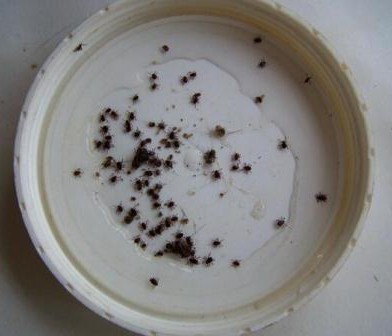




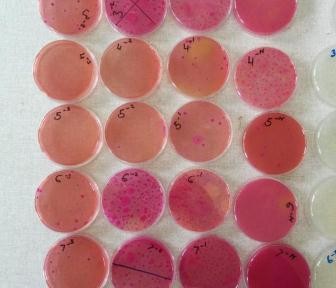

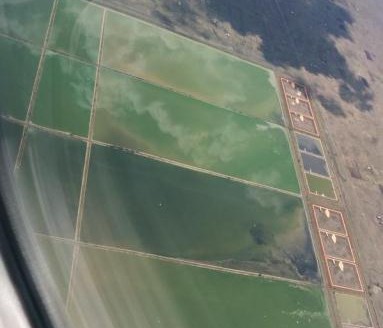


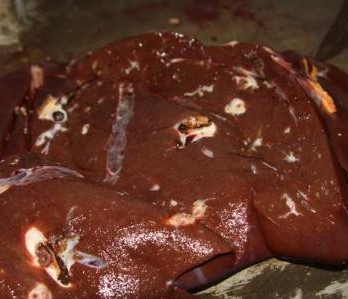


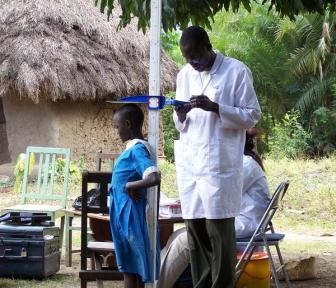
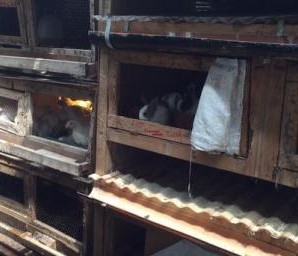






You must be logged in to post a comment.